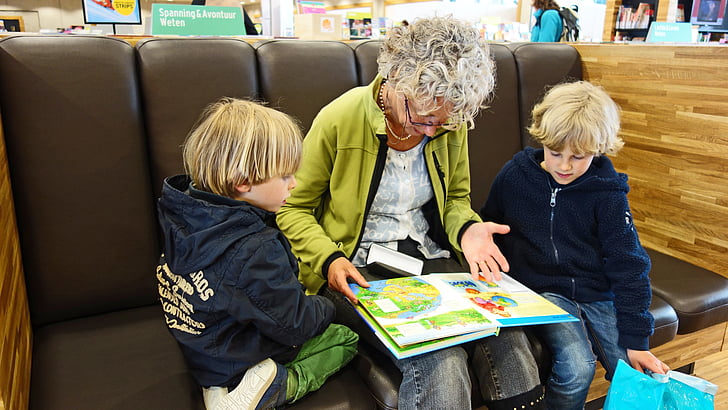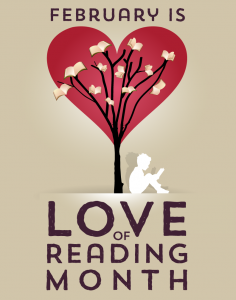 There is something extra special about sharing a beloved book from our childhood with our own small people. There are a number of picture books from when I was little (early 80s) that are still in print today.
There is something extra special about sharing a beloved book from our childhood with our own small people. There are a number of picture books from when I was little (early 80s) that are still in print today.
It is always a good idea to preview a book before beginning to read it aloud. In the case of a book we remember fondly from childhood, the preview isn’t so much about making sure the text works well as a read-aloud, but rather to screen it against the test of time. The fact is that some books, despite our fondest memories, do not age well. When read today, to today’s young audience, a number of “classics” are rather jarring in their treatment of diverse characters (read: they are sexist and racist.)

Sometimes we can change words on the fly, if we encounter a problematic term and it’s fairly isolated. Other times the prejudice becomes so thick, so quickly, that the best thing we can do is to stop reading and show our authentic dislike of the text; talk about why the prejudice is not okay as well as how you remember reading the book as a child (when it wasn’t something that stuck out as inappropriate) and isn’t it great that we can see a tangible example of how we are getting better as a society?
Keep sharing your favourite stories with the young people in your life.
Happy reading!



 There are a a number of good February themes to choose from: Kindness; Relationships/Valentine’s Day; Families; Pink Shirt Day/bullying. I decided to go with “Families” as I felt these stories also fell into other themes as well.
There are a a number of good February themes to choose from: Kindness; Relationships/Valentine’s Day; Families; Pink Shirt Day/bullying. I decided to go with “Families” as I felt these stories also fell into other themes as well.
 What could make my new love of reading challenges grow to new heights? Creating challenges for Quilchena students, of course! I will create a reading challenge every month for Quilchena students who choose to follow along. There may even be a prize in June for the students who successfully complete all six challenges. (We all know that even if you don’t finish all the categories in a challenge, you’re still better off for having read those stories, so don’t worry if you don’t always finish.)
What could make my new love of reading challenges grow to new heights? Creating challenges for Quilchena students, of course! I will create a reading challenge every month for Quilchena students who choose to follow along. There may even be a prize in June for the students who successfully complete all six challenges. (We all know that even if you don’t finish all the categories in a challenge, you’re still better off for having read those stories, so don’t worry if you don’t always finish.) I read The Longest Night by Marion Bauer to many of my classes this week in preparation for the winter solstice on Saturday. Each time, I turned off the lights over the story-time area of the library to simulate the dark and quiet of the longest night of the year.
I read The Longest Night by Marion Bauer to many of my classes this week in preparation for the winter solstice on Saturday. Each time, I turned off the lights over the story-time area of the library to simulate the dark and quiet of the longest night of the year.